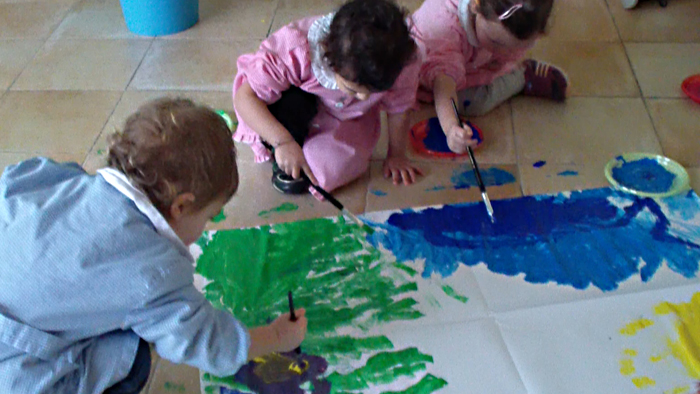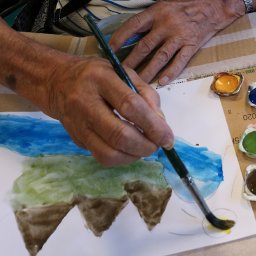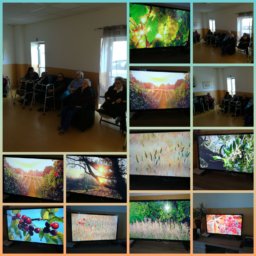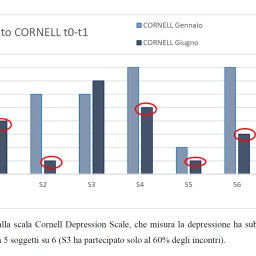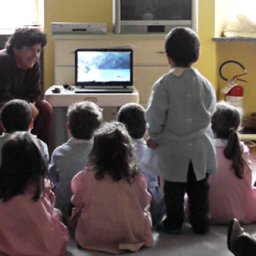“As part of the Training Course “Teaching and/or Managing Emotions: Empathic Communication“, Maria Frangioni, the group leader/mediator, dealing with the topic of emotions, in particular the four basic emotions (joy, fear, anger, sorrow), introduced the concept of “emotional neutrality” to us teachers and social educators.
Alessandra Nardelli
Addressing this topic, we had the opportunity to learn about a research being developed, Alamar Life Experience Nature, aimed at increasing the perceived tranquility and calmness felt by those involved, and thus also at achieving a state of “emotional neutrality.”
This is achieved through the viewing of films, where it has been possible to capture all the beauty and power of nature, and thus also all the benefits that contact with it can bring. Having already achieved remarkable results in other areas of intervention, and with the intention of expanding the scope of this experimentation to children as well, particularly the 0-6 age group, we were asked to try to propose the viewing of these films within our classrooms/sections.
In particular, I had the opportunity to have my group of children, aged between 2 and 3 years old, who are part of the Spring Section of the “Don Michele Albertolli Preschool,” view the dvd “Experience Nature Flowers.”
Through the observation of that experience, I was able to highlight particular results. While watching the films, I was able to detect a particular attention that some children paid to listening and also a particular involvement that led some of them to remain for the entire duration of the video in absolute concentration (12-minute sequence).
Later, when I proposed a free painting activity, in the observation I caught not only a great commitment to the work they were doing, but above all a condition of extreme relaxation that led the children, who worked alternately in small groups, to remain in an almost meditative silence.
Reporting what was my experience within the group, and having the opportunity to listen to the reports made by other colleagues, in classes of medium/large children and 5-year-olds, it was possible to pick up similarities in the experiments observed.
Specifically, the details that were immediately highlighted were the great effort that the children put into the execution of the activity, the silence that was a predominant element, but also a relaxation and serenity that pervaded the children and made them more cooperative with each other, thus avoiding those little quarrels and misunderstandings that are often caught in children’s cooperation.
It was also interesting to point out that these attitudes of extreme calmness, continued in the children even in the following hours during their stay at school.
I believe that children are the living beings, who are most in touch with their emotions and desires, it is this ability of theirs to always be themselves that makes them unique, certainly with many fears and many uncertainties, but also strong and aware. So anything that can help them “feel” their selves and their perceptions can make them increasingly free and able to give themselves to each other and be in harmony with the world around them.
Alessandra Nardelli, teacher at the Spring Section of Don Michele Albertolli Preschool, Capoliveri, Elba Island Italy


